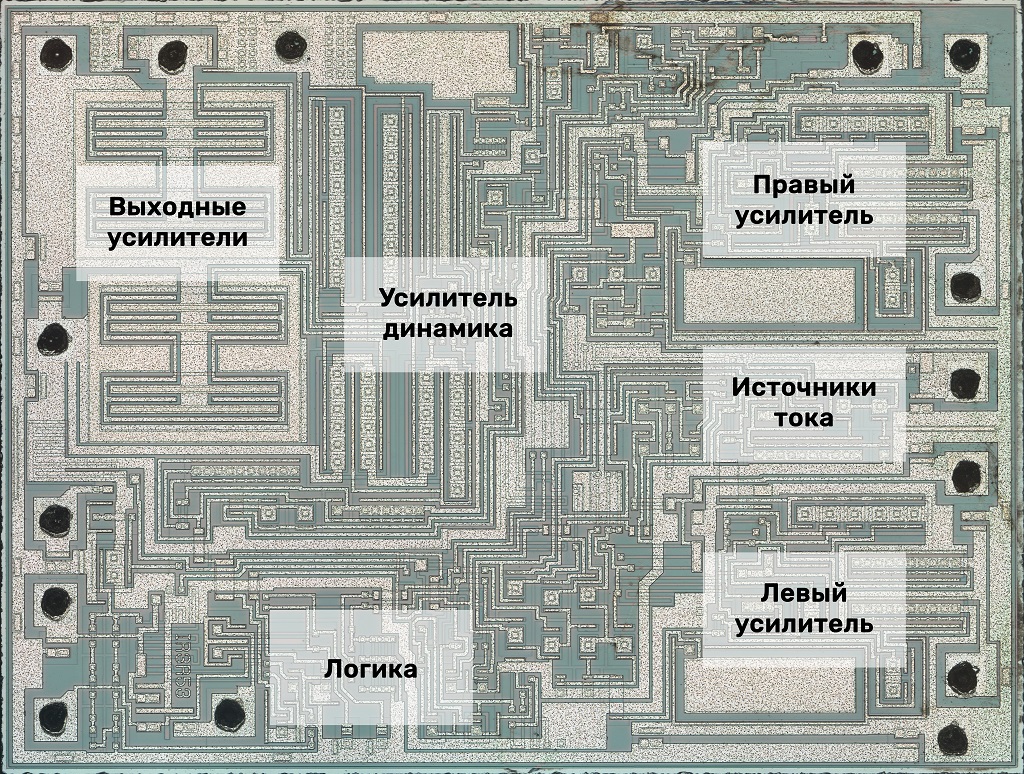Listen at the weekend: a Russian-language podcast about home cinema halls, an audio-fan list and a sound shop

Photo by Jefferson Santos / Unsplash
How music is programmed. Before you pick up and join the topic of musical programming, it is worth looking around. We offer you a compact overview of specialized tools. The first of these is called Csound, the heir to theMUSIC-Nfamily, straight out of 1960s Bell Labs. In the mid-80s it was finalized by a specialist from MIT, and now thelegendary BT“plays” on Csound. Let's talk about its features, give examples of use, plus - discuss SuperCollider and Pure Data, which all belong to the same language family MUSIC-N.
Who does deepfake audio... We are discussing Neural Voice Puppetry - the development of employees of the Munich Technical University and the Institute for Informatics of the Max Planck Society. By recording voice and photography, she synthesizes speech and models facial expressions. A similar solution of the Singaporean colleagues can natively “tie” the replicas of one person to a video with a completely different face. We will tell you where such developments are used (of course, not where you thought) and recall other projects on the topic of fast audio editing.
Reverse Engineering Post . Following on from Sound Blaster 1.0 and Innovation SSI-2001 , here's a fresh breakdown of what enthusiasts have found out about the amplifier in the Nintendo Game Boy Color.

In the article, we remind you of what this console is known for, show the structure of the chip (diagram above), explain the features of the transistors, used resistors and capacitors, and also give a compact overview of other reverse engineering projects on the theme of the legendary Game Boy.
If death metal, then "neural network" . Will musicians replace algorithms? This is a question we are returning to once again. We discuss the possibilities of development on the topic - NSynth Super synthesizer, Dadabots AI system, themed startup Jukedeck and OpenAI tools.
Audio libraries for machine learning... To implement something similar to the projects described above, you will need to collect a solid array of records - for example, to train your own "neurons". Here are four libraries that distribute audio content under a Creative Commons license. This means that it can be used even in commercial projects.
Don't get distracted while driving . In one of the recent materials, we figured out how and why car infotainment systems provoke accidents. This time we are discussing an alternative in the form of voice assistants. We are talking about examples of their implementation on the side of automakers, research and potential risks, which will not be so easy to get rid of.

Photo Miguel Ángel Hernández / Unsplash
So it was possible... We gathered here very unusual, but effective ways of using audio technologies: from crazy “headphones” with an aromatic effect and creative options for using devices with a “jack” to acoustic levitation and the role of sound in medicine.
Start the week right . Bonus post from the past. In it, we discussed audio gadgets designed to protect against noise and external stimuli. Then it was about office work, but many solutions can be applied in new conditions. For example, special helmets and masks. As for the headphones - they remain relevant at all times and are indispensable on the "remote".
:
 —
—

 :
: